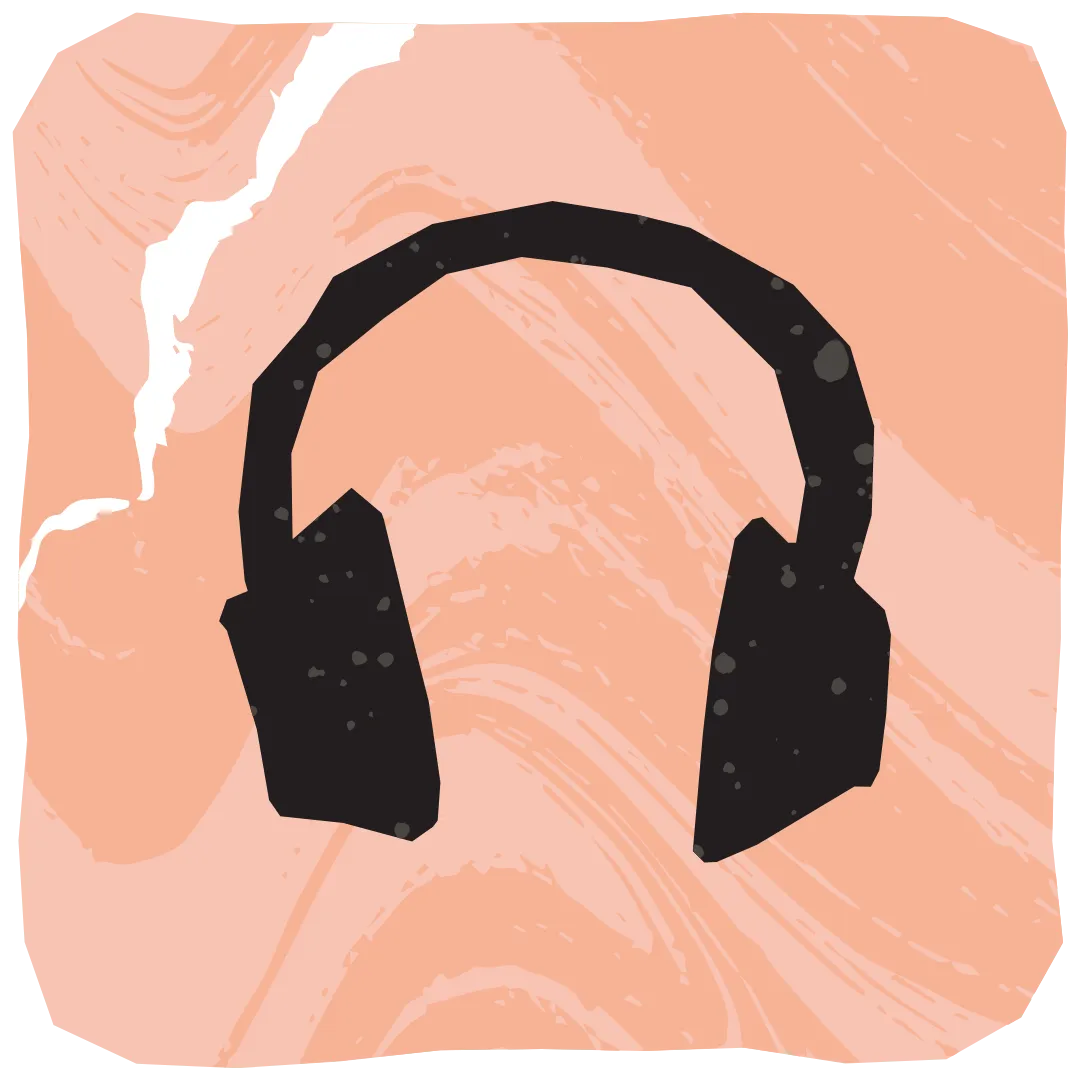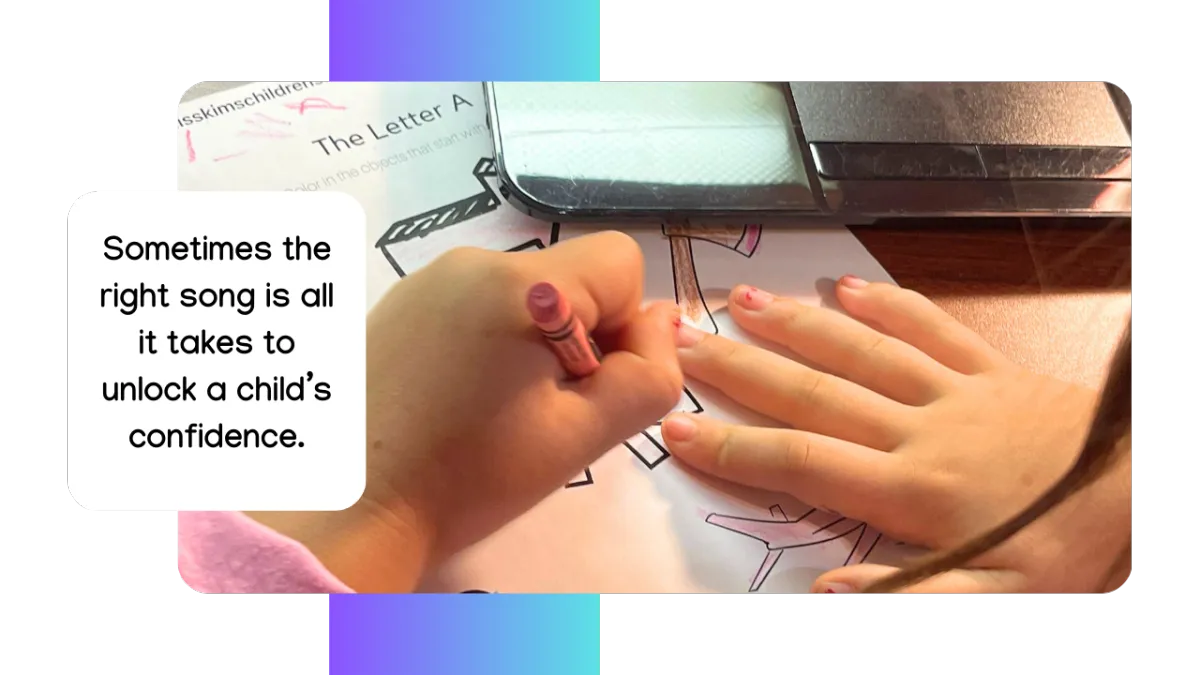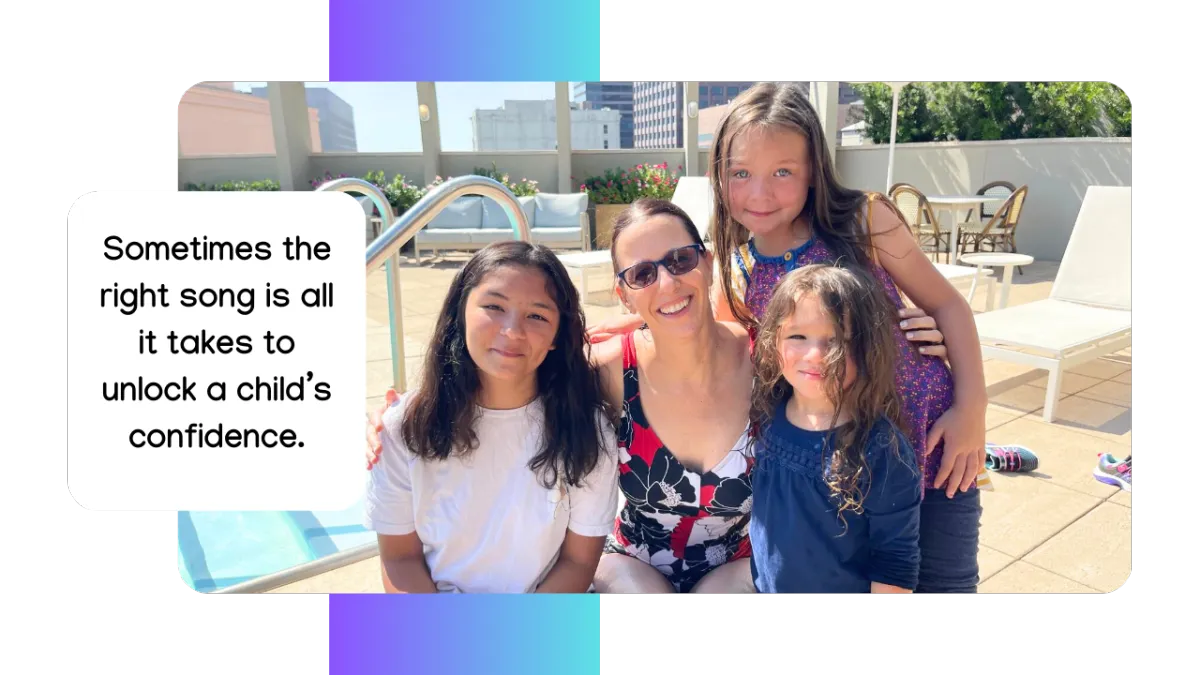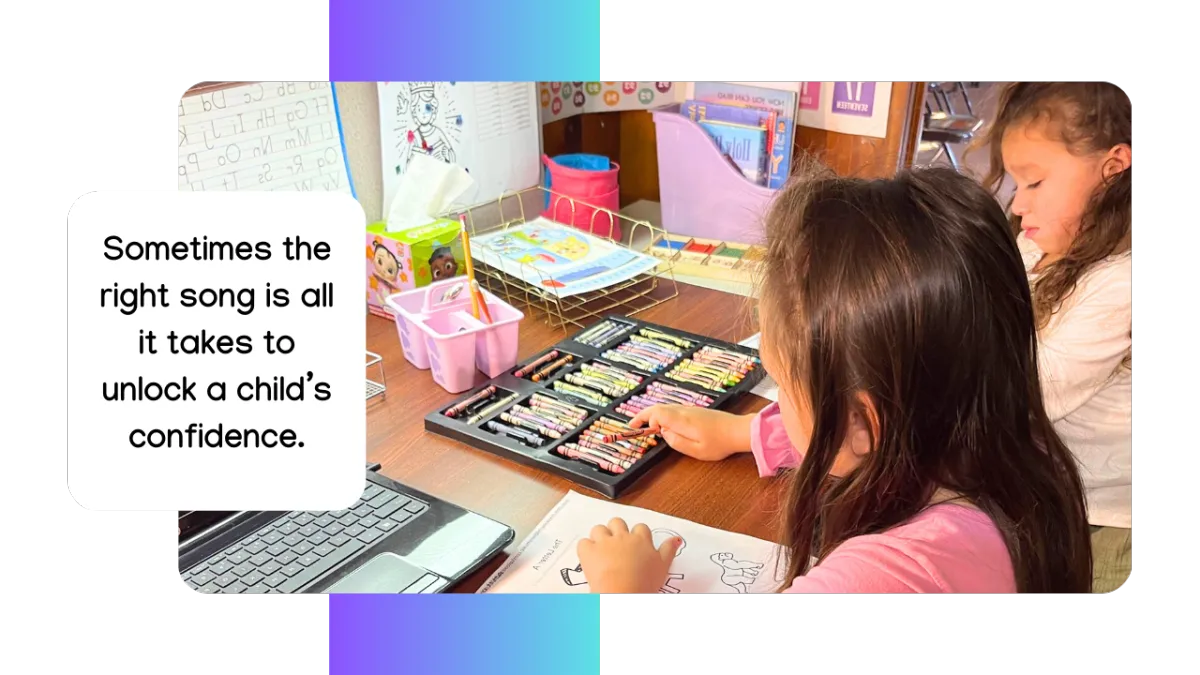From “I Can’t Read” to “I’m Reading!” — How Music Transformed a Homeschooling Journey
BACKGROUND
Rayne, a second-grade homeschooled girl in Alabama, had long struggled with learning to read. Despite multiple song-based programs, nothing had clicked. Her adoptive mother, Pam Jones, was growing concerned — not just about Rayne’s literacy but also her waning self-confidence.
Turning Point: A Poolside Conversation
At a conference in New Orleans, Pam met Kim, the creator of Learn to Read With Music, during a casual poolside encounter. Kim mentioned her music-based phonics program, specifically designed for children with challenges like Rayne’s. Intrigued, Pam gave it a try when she returned home.
The Intervention
Pam quickly noticed a shift. The music was not just tolerable — it was enjoyable. Rayne and her younger sibling were immediately engaged. Within weeks, Rayne, who once said, “I can’t read,” realized she was reading even outside of the lessons. Fluency replaced frustration, and confidence replaced self-doubt.
Learn to Read With Music became a central part of their homeschooling routine, complete with worksheets, book lists, and structured lessons that made teaching easier and more joyful for Pam.
Outcomes
Rayne developed foundational reading fluency and began writing words independently.
Her self-confidence blossomed.
Homeschooling routines became more efficient and less stressful.
The family found joy in learning together.
Pam calls the program a “magic bullet” and says her five-year-old is now eager to start it too.
Creator’s Insight: From Stage to Soundtrack for Learning
Kim, the creator of Learn to Read With Music, spent over 30 years as a songwriter and more than 15 performing for children before pivoting to literacy education. Four years ago, she began building her phonics program, determined to make music the gateway to reading.
Her approach was clear:
Teach one concept at a time through song
Include a muted-repeat video to encourage retention
Reinforce learning with worksheets, games, and assessments
Ensure the music is great— not just for kids, but for parents too.
Starting the business from scratch wasn’t easy. But stories like Rayne’s have reaffirmed Kim’s mission: to help children who struggle with conventional drills and uninspiring materials fall in love with learning through music.
Broader Significance
This case blends several powerful narratives:
A parent’s persistence in finding the right learning tool. A child’s transformation through confidence and fluency A founder’s vision, rooted in creativity and experience. A model for effective homeschooling througH multi-sensory design
It also illustrates key meta-skills:
Curiosity and judgment in choosing interventions
Preparation through structured design
Collaboration between parent and creator
Self-confidencebuilt through mastery

Learn To Read With Music, LLC
991 US Highway 22
Suite 200-T,
Bridgewater, NJ 08807
Learn To Read With Music, LLC © 2025. All rights reserved.








